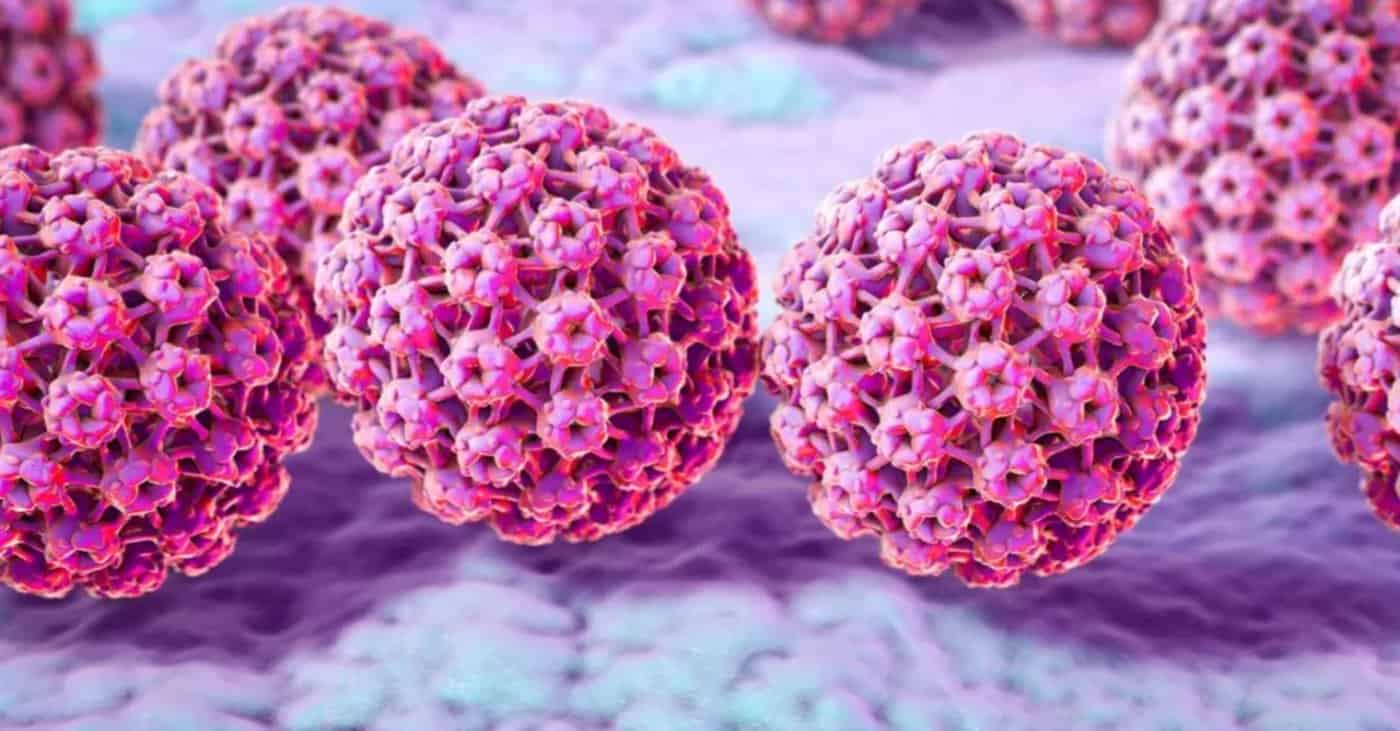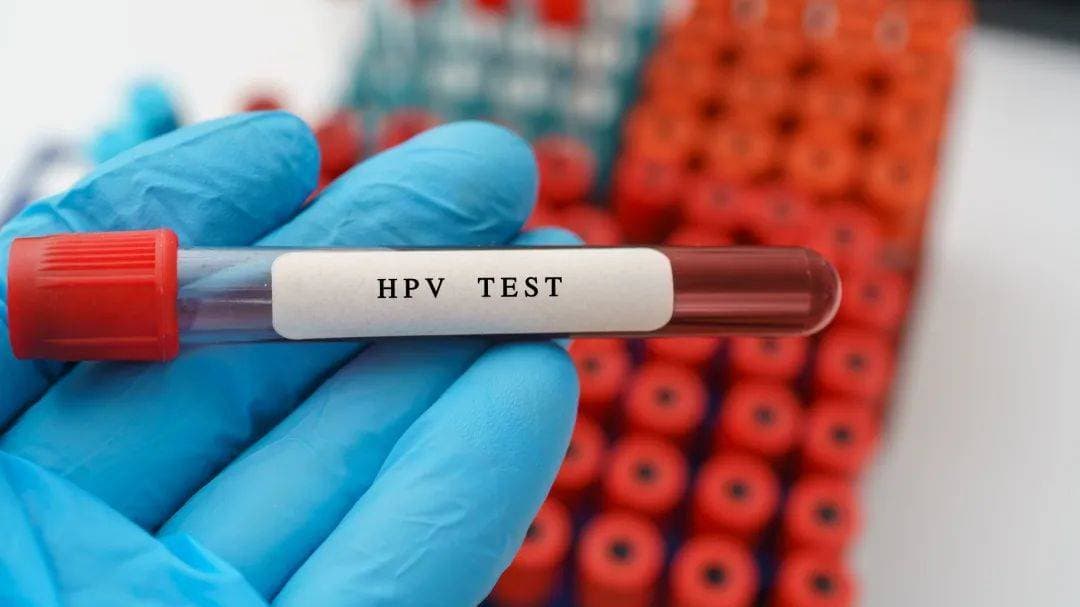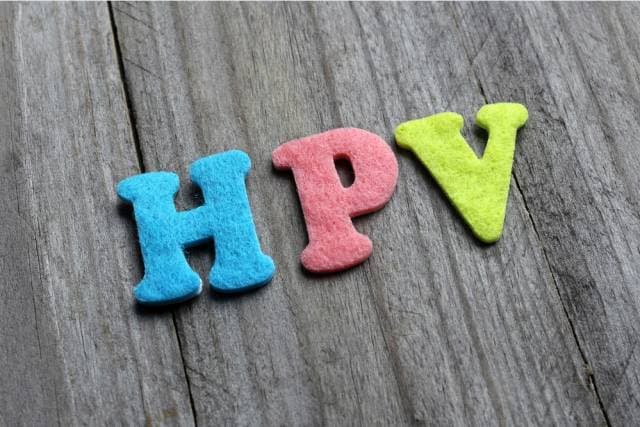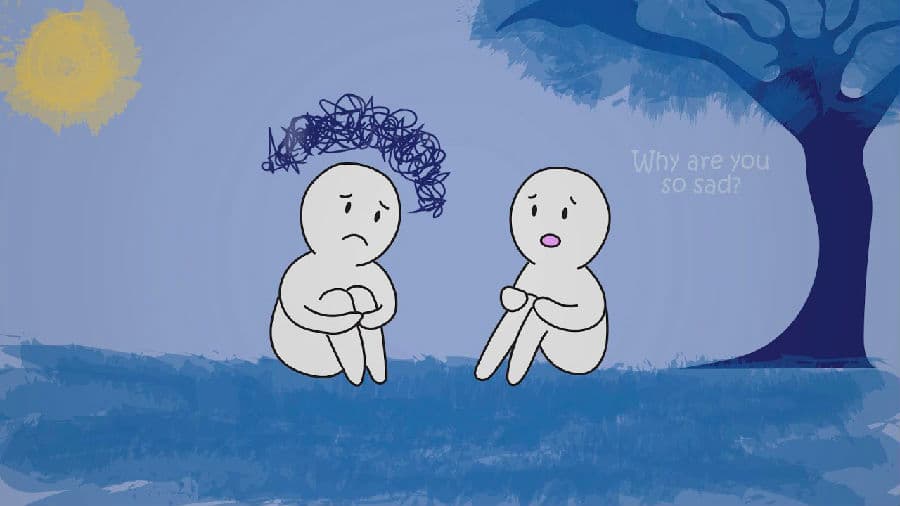Human papillomavirus (HPV) infection, also known as human wart virus infection or HPV infection, is a disease caused by the human papillomavirus (HPV). It can lead to a range of health problems, such as genital warts, flat warts, common warts, cervical precancerous lesions, and cervical cancer.

The human papillomavirus (HPV) is an epithelial-specific virus that mainly infects the epithelial cells of the genital mucosa and the oral and pharyngeal mucosa. It has a high degree of specificity. HPV infection can lead to a variety of symptoms such as skin itching, cracking, bleeding, genital warts, and cervical neoplasias, and in severe cases, it can cause complications such as cervical cancer, external genital warts, and urinary tract infections.
The main ways of HPV infection include the following:
- Sexual contact transmission: this is the main route of HPV infection, accounting for 80% to 95% of infections. If you have sex with an HPV-infected person, you may be infected.
- Close contact transmission: Besides sexual contact, close contact may also lead to the transmission of HPV. For example, behaviors such as kissing, hugging, shaking hands, or indirect contact through contact with an infected person's clothing, household items, utensils, etc. may also lead to infection.
- Indirect transmission: Indirect transmission refers to infections caused by contact with an infected person's clothing, household goods, utensils, and other items, and through behaviors such as using a toilet, underwear, bath towels, bath tubs, swimming pools, or failing to wash one's hands after defecating. This route of transmission is less likely.
- Medical infection: Doctors or other medical staff may be infected by HPV during medical treatment due to lack of proper protection.
- Mother-to-child transmission: If a pregnant woman is HPV-infected, the fetus may be infected as it passes through the birth canal.
HPV can be prevented mainly through the following ways:
- Safe sexual behavior: the continuous use of condoms in sexual life can greatly reduce the chances of HPV infection, but can not completely avoid the infection of HPV. fixed sexual partners, multiple sexual partners can increase the chances of HPV infection, leading to an increased risk of the development of cervical cancer.
- HPV vaccination: There are bivalent, quadrivalent and nine-valent HPV vaccines on the market, after which the human body is able to produce high titer specific antibodies against the target antigen on the viral shell protein, so as to achieve the purpose of effectively preventing HPV infection.
- Healthy living habits: Focus on personal hygiene to prevent reproductive tract infections and sexually transmitted diseases. Maintaining good living habits, such as quitting smoking, getting enough sleep, and doing more physical exercise, can help improve the body's immunity, thus reducing the risk of HPV infection.
- Regular checkups: Regular HPV testing can detect and treat HPV infections in a timely manner to avoid worsening of the condition.
The treatment of HPV
The treatment of HPV mainly includes medication, surgery, physical therapy and photodynamic therapy.

- Medication: Interferon is a commonly used medication in the clinical treatment of HPV infection, mainly in the form of suppositories, gels, vaginal effervescent capsules and other dosage forms. Interferon inhibits viral replication by causing cells to produce antiviral proteins through cell surface receptor action. In addition, Huichen PTX is also a kind of drug belonging specifically to biological extracts, which can consume the nutrients needed for the reproduction of the HPV virus in the skin and completely solve the problem of recurrence of warts caused by the HPV virus.
- Surgery: For HPV infections for which other localized treatments are ineffective, wart-like lesions can be treated by surgical excision if present.
- Physical Therapy: Commonly used physical therapy modalities that can treat HPV infections mainly include microwave therapy, laser therapy, and high-frequency electrocuting. These methods are mainly used to remove the lesions by destroying the superficial epithelial tissues and at the same time removing the HPV infection in the lesions, but they cannot destroy the deep lesion tissues and there are risks of cervical stenosis, secondary infertility, cervical dyspareunia, and missing the lesion areas.
- Photodynamic therapy: Photodynamic therapy is suitable for warts caused by HPV infection, common warts and Bowen-like papulopathy.
It should be noted that different treatments HPV: An Explanation and Prevention Guide are suitable for different types of HPV infections and symptoms, and should be carried out in accordance with the doctor's instructions. During the treatment period, patients should pay attention to personal hygiene, avoid sexual intercourse, so as not to aggravate the condition.




